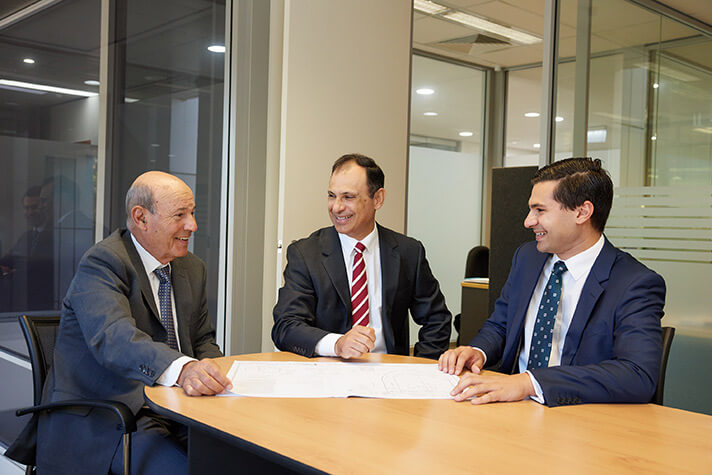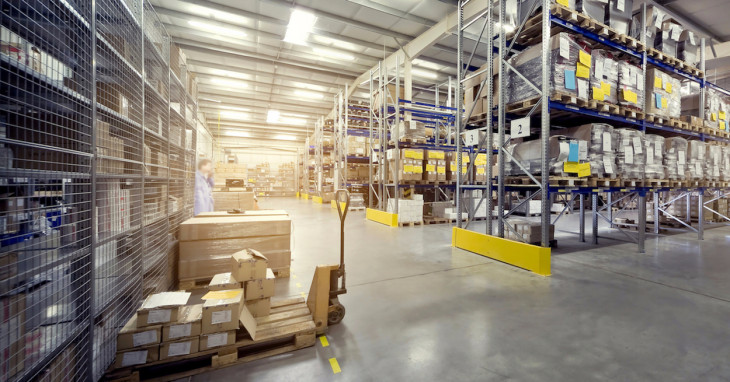- Category: Commercial Lease
- Date: 10 November 2020
- Last Update: 20 November 2024
The Truth About Rent Reviews, Increases, and Commercial Leases
Whether you’re a tenant or a property owner, your commercial lease agreement will contain a process for changing the rent, usually every year.
Commercial leases are technical documents that can be quite difficult for a layperson to understand without property management assistance. So, to help you make an informed decision about your rent review, we’ve broken down the process and how it could impact you.
What is a commercial lease rent review?
In Australia, the rent review of a commercial lease is the process of assessing if the current rent is in line with the market trends.
Rent reviews are standard practice for commercial leases and you should anticipate the rent to change throughout the term of the lease.
If you’re a landlord, reviewing the rent every year can lead to an increase in income and ensure you’re keeping pace with the market.
For a tenant, a rent review can lead to a change in rent, either up or down, depending on how the commercial lease is written.
Rent reviews must be written in the commercial lease agreement
In the commercial lease, it will be set when and how the rent will change. In most cases, the rent will change each year, but there can be variations.
If you’re going to negotiate when and how the rent is reviewed, it must be before the commercial lease is signed.
In the commercial lease agreement, it will stipulate:
- the method of the review – how the new rent is determined, and,
- the regularity of the review – when the rent amount will change
There are 3 types of commercial rent reviews
- CPI increase
- Fixed increase
- Market reviews
CPI increase
CPI (Consumer Price Index) increases are done every year and depend on the rate of inflation at the time or the 12-month CPI adjustment.
The CPI is determined by the government and is published by the Australia Bureau of Statistics (ABS) each year.
For Landlords
In most cases, landlords would be reluctant to rely on just on CPI increases as it disadvantages them financially. A CPI increase is usually lower than the other review methods as it doesn’t consider market demand or value of the property.
To address this, landlords will pair CPI increases with a fixed increase, or stipulate that the CPI increase must be higher than a pre-determined fixed increase.
For Tenants
As CPI increases have been small in recent years, CPI rent increases can be beneficial to tenants. There is, however, a level of unpredictability and some tenants may prefer to know what to expect.
Fixed increase
A fixed rent review is a set rent increase percentage, usually annually on the anniversary of the lease start date.
The rent increase percentage is usually between 2%-5%, so every year tenants can expect the rent to increase by this amount.
For Landlords
While fixed rent increase provides predictability and stability, there is the potential to miss out on larger increases from market reviews. If the market is hot, the fixed percentage amount set at the start of the lease might be less than what the market is willing to pay.
However, if the market is dropping, you may end up receiving a higher rental income than your neighbour.
For Tenants
For tenants, fixed rental increases have the opposite benefits. If the market is low and you’re able to negotiate a fixed rental review, you could maintain lower rent for years.
But if the market if climbing, your commercial lease agreement might set a higher percentage increase to match the market at the time. If the market or economy doesn’t meet expectations, you could be locked into above-average rental prices that are out of proportion to your business income.
Market rent reviews
A market rent review will change the rental amount to be inline with the property market and similar commercial properties.
To determine the market value, an independent valuation will be conducted to avoid disputes.
Compared to a fixed increase, a market review will allow the rent to be reset and remain consistent with the economy.
Usually, market reviews are reserved for the end of a commercial lease, if both parties wish to renew the lease.
For Landlords
For commercial properties, a market rent review completely depends on the state of the property market and economy at the end of the lease. But such is the nature of commercial property investment.
Ideally, if the market is increasing, regular market rent reviews will allow you to keep pace and continue increasing the rent at higher rates than a fixed review.
On the flip side, if the market is decreasing, a market review could see your rental income decrease.
For Tenants
While a market rent review for tenants can be an opportunity to reset the rent to align with your business’s income, it could also result in a rent increase that will be maintained for the term of the lease.
Alternative commercial rent reviews
Some commercial lease agreements may vary the method of rent increase year to year. For example, instead of a fixed increase every year, the lease could include a market rental review every two years.
By not having one type of commercial rent review through the entire lease, landlords and tenants benefit from low-risk terms.
A tenant will know what the rental increase is every two years and have some predictability and a landlord can capitalise on market increases with the addition of stability of fixed increases if the market doesn’t perform.
Changing your commercial rent increases
Unless otherwise agreed, you may be able to negotiate a change in the rental review structure when renewing the commercial lease.
Not Confident In Commercial Rent Reviews for Your Investment?
Rent reviews for commercial properties can be difficult to navigate. An accurate assessment of the value of your commercial rental is the key to ensuring that rent reviews happen smoothly without bumps in the road. Without a diligent and methodical commercial rent review process, you may find that you have overcharged a tenant rent, leading to them leaving the property and a high vacancy rate, or that you have undercharged and missed out on potential earnings.
Our team offers free rental appraisals to ensure that this never happens to you. Paired with our leading commercial property management service, by working with Ross Scarfone Real Estate you can safeguard your investment.
Get articles & reports about commercial real estate in your inbox





